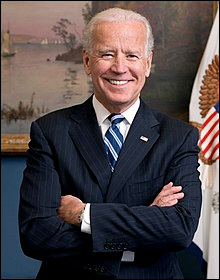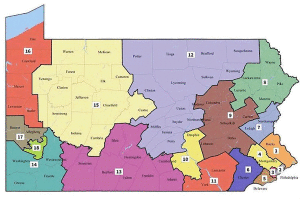By Jim Ellis

Former vice president and ex-Delaware senator Joe Biden: Will he jump into, or stay out of, the 2020 presidential race?
Three more Democrats, men who we have yet to hear much from, confirmed that they in fact are taking serious steps to potentially enter the presidential field just a couple days ago. US Reps. Tim Ryan (D-OH) and Seth Moulton (D-MA) told media sources that they both may become candidates. Ryan is going so far as to travel to Iowa and New Hampshire later this week. New York City Mayor Bill de Blasio is also making a trip to the Granite State, site of the first-in-the-nation primary, but he has, at least until now, been categorized in the “less than likely to enter” group.
Former Vice President Joe Biden continues to hover above the active candidates with a great deal of speculation surrounding his potential candidacy. Many believe he will soon enter the race, but just as many are also predicting that he will ultimately decline to run.
The McClatchy news organization, owner of 31 local newspapers that stretches from California to North and South Carolina, published an analysis article early this week from DC Bureau reporter Kevin Roarty summarizing his interviews of 31 Democratic strategists who largely believe that Biden might actually prove to be a weaker candidate than Hillary Clinton.

 Feb. 12, 2019 — Countering the previously announced National Republican Congressional Committee Patriot Program targeting list, the Democratic Congressional Campaign Committee released their Frontline Program protection listing late last week.
Feb. 12, 2019 — Countering the previously announced National Republican Congressional Committee Patriot Program targeting list, the Democratic Congressional Campaign Committee released their Frontline Program protection listing late last week.
 By Jim Ellis
By Jim Ellis Feb. 6, 2019 — The Emerson College Polling Institute and Monmouth University just released two presidential polls, the former of Iowa voters, the latter, a national study.
Feb. 6, 2019 — The Emerson College Polling Institute and Monmouth University just released two presidential polls, the former of Iowa voters, the latter, a national study.